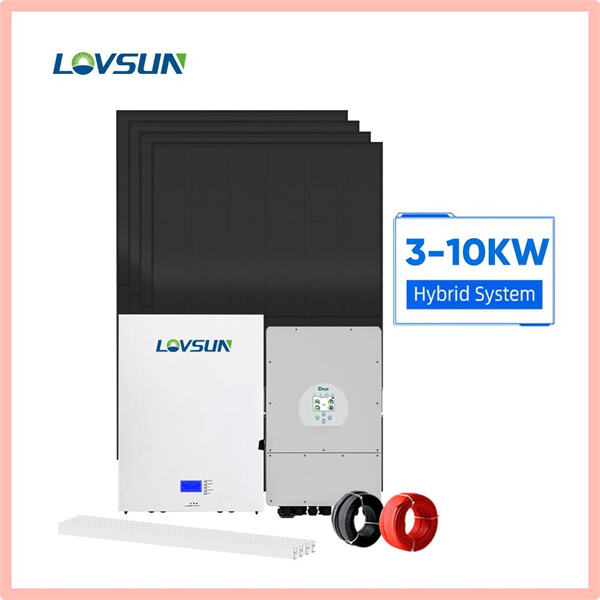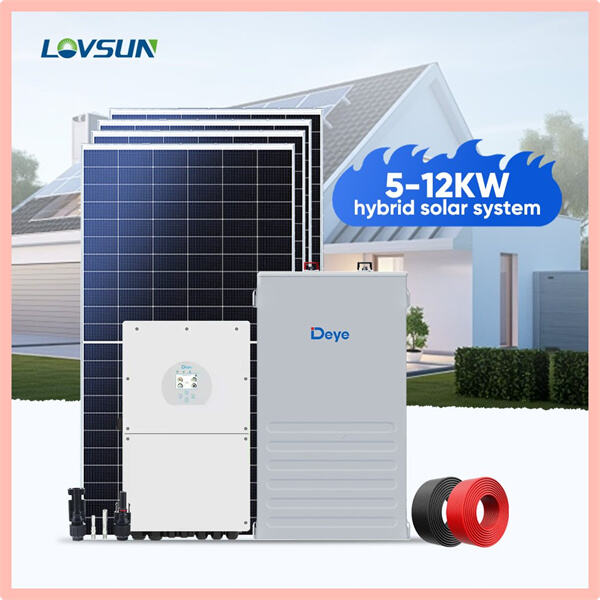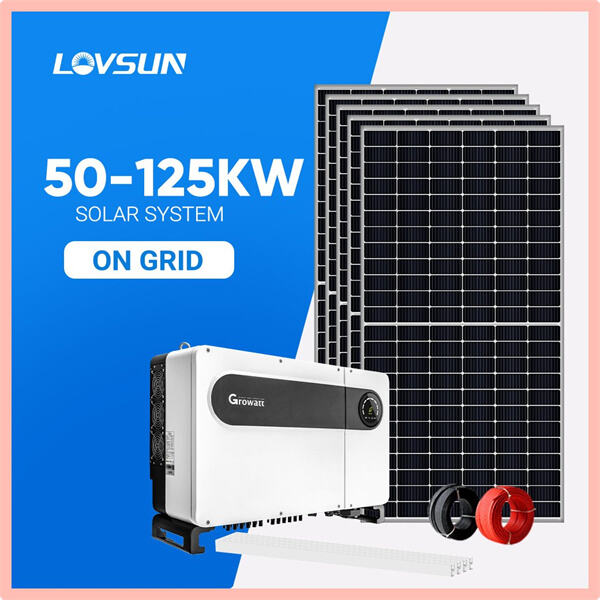Ever thought about how crops get watered, farmers do? They do this in part with a solar irrigation system. Ths means that sun provides energy to farmers who grow their crops by helping them water crops. Let’s find out more about how solar irrigation systems work and how they are being used by farmers around the world.
A solar irrigation system is a particular machine to irrigate crops using energy from the sun. It does this by collecting the sunlight with solar panels, which are shiny surfaces that can change light into electricity. This electricity runs the machine, which lifts water from a river or a well and sprays it as rain on to the crops. This helps the crops grow and cuts down on people’s electricity bills because using the sun’s energy is FREE!

— Farmers applying normal types of irrigation systems frequently pay heavy electricity payments for watering their plants. This can be a massive cost that eats into their profits. But with a solar-powered irrigation system, farmers no longer have to worry about high bills. Because the sun’s energy is free, they don’t need to consider how much it costs to sustain their plants. This allows them to save money and use it for other expenses for their farm.

Solar pumps are not only save money, but also help farmers to do a much better job. Crop irrigation using sunlight helps farmers water their crops more efficiently. Using this Information they can Provided them crops with proper amount at proper time which increase the health of crops and provide more pest free crops. They're environmentally friendly as solar irrigation systems don't emit harmful gases like conventional systems. This ensures clean air and a healthy earth for tomorrow.

In recent years solar irrigation systems have been transforming farming across the globe. Farmers who are implementing these systems are producing larger, better crops — more food for all. They’re also saving on electricity, freeing up money for investments elsewhere on their farms. Solar-Powered Irrigation Thus, farmers can produce more food in an environmentally supportive fashion. That’s good for farmers and for all of uswho eat the food they produce.